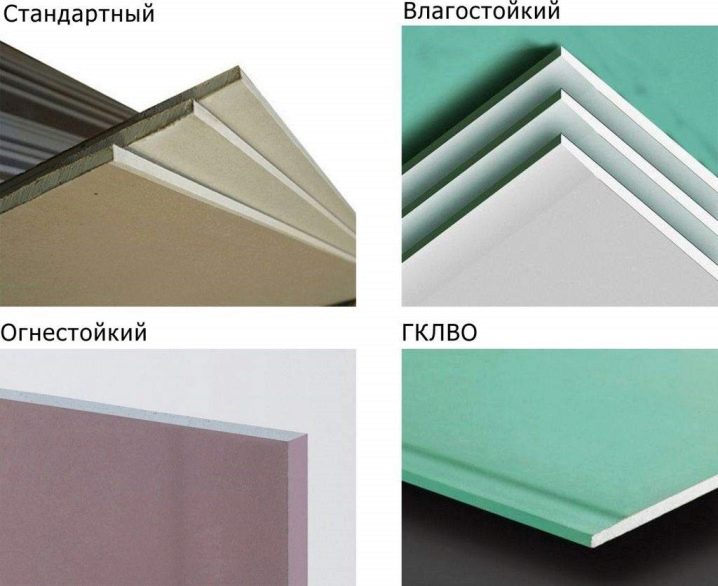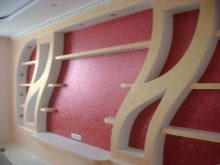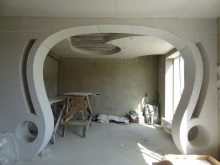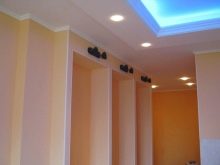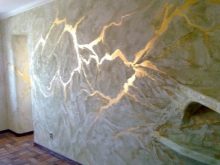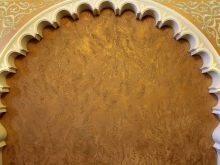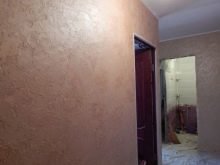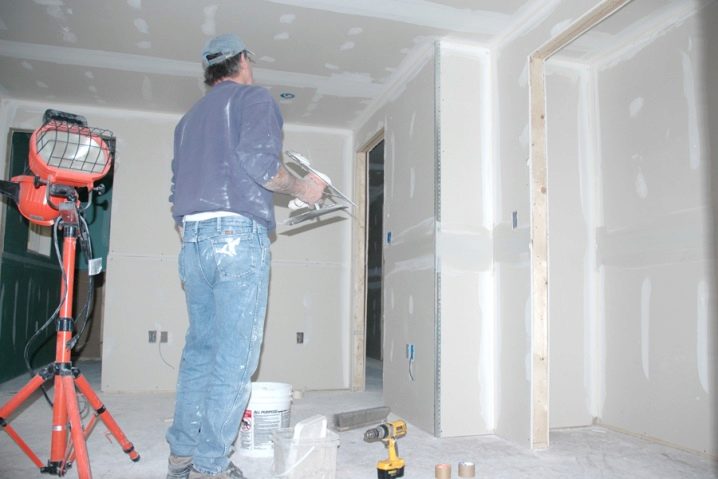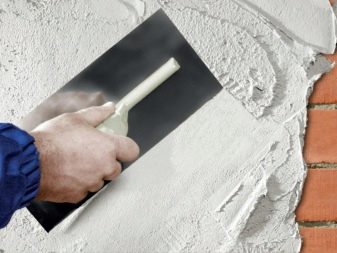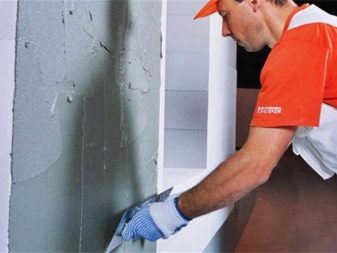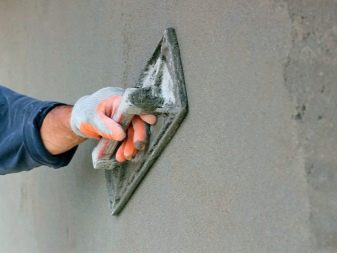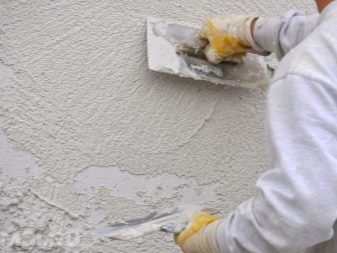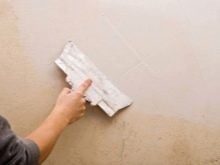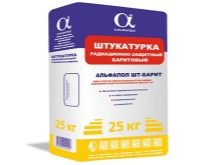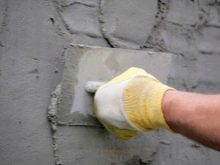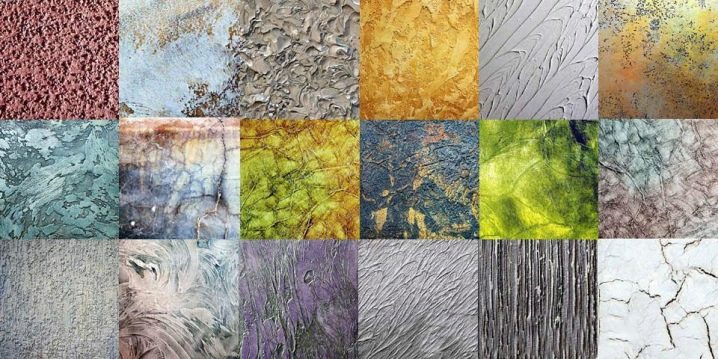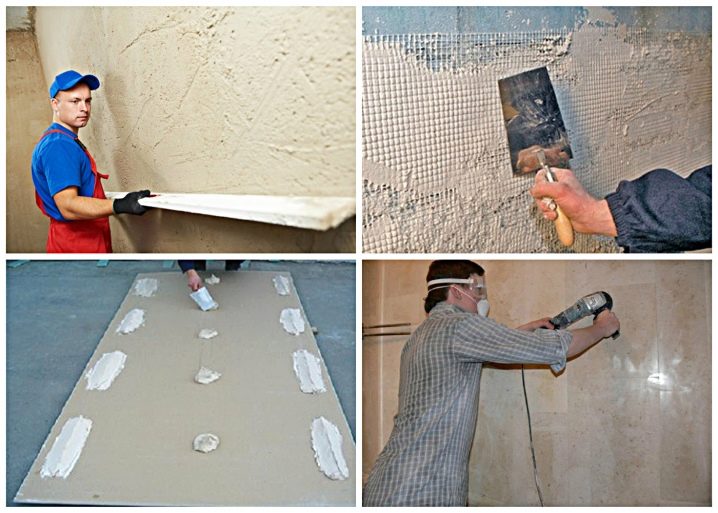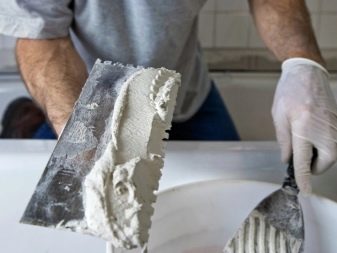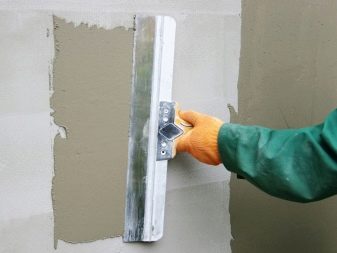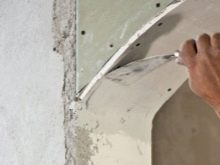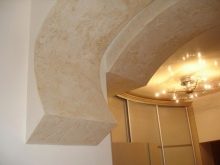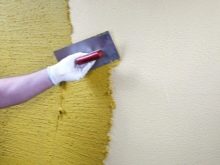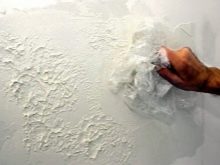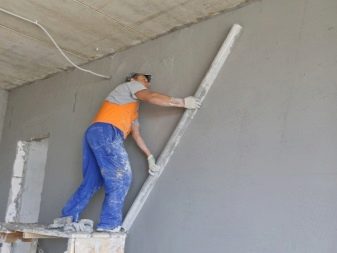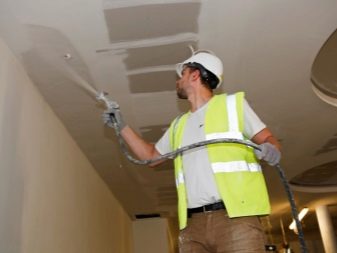Plasterboard plaster: mixture selection and application technology
Drywall appeared in the mid-twentieth century, but only the last two decades began to use it widely. Currently, it is used everywhere - for the construction of partitions, wall cladding and ceilings, the construction of various kinds of structures. However, not every master, much less a novice, knows how to handle this material correctly.
Special features
Drywall is a building material consisting of several layers:
- paper - two of them and they are located outside;
- gypsum - acts as an inner layer, to improve its properties add various fillers to it.
Available in the form of sheets, which can be:
- ordinary (FCL);
- moisture resistant (GKLV);
- fire resistant (GKLO);
- with increased strength (gypsum fiber - GVL).
Among the advantages of the material, the main thing is that it can be used not only to create rectangular construction objects, but also radius, with completely inconceivable shapes. It is multifunctional - well hides architectural flaws (for example, deviations from the right angle by several degrees) and unevenness of walls and ceilings, ventilation communications, pipes and wiring. In addition, it is light, flexible, environmentally friendly, fairly good thermal insulation and fire resistance.
There are drawbacks - fragility, poor sound insulation and the need to purchase a special mounting system.
At construction forums, there are long discussions on the need for applying plaster on plasterboard structures. After all, in fact, they have the same functions - alignment and protection of walls from external influences. In addition, they are very similar in composition. Professionals still emphasize that this should be done.
- First, the drywall surface is rarely left in its original form. And for applying any decorative coating need a perfectly smooth surface.
- Secondly, when fixing drywall sheets often have to dock and in order to do this, you need fasteners. All caps and joints will be perfectly visible even under wallpaper and paint.
- Thirdly, it is necessary if you want to mask the defects that appeared during long-term operation.
- Fourthly, the plaster is applied in the event that it will be a decorative coating.
Choice of plaster
According to the purpose of the mixture, which can be applied to drywall, can be divided into three types:
- for general use (continuous layer) or for local (as a masking of irregularities - dents, recesses and bumps);
- to create protection from moisture, cold, loud sounds and other manifestations of the environment;
- to create a decorative layer.
The first are applicable only to moisture resistant sheets. This is due to the fact that ordinary under the influence of water and steam are deformed. Therefore, they not only should not be put in bathrooms, but also covered with water-based plaster. Of course, many experts point out that the negative impact is constrained by the primer. But in the repair is better not to risk it.
Conventional plaster can be divided into:
- Gypsum - it forms a white coating. Whiteness is often achieved by the addition of additives (asbestos and similar materials), which are bad for human health. However, it significantly saves time due to ease of application. The disadvantages include high cost, low strength and moisture resistance, compared with other materials.
- Magnesia - also suitable for interior decorating. Differs in high indicators of durability. It does not crumble and does not burn. She has one major drawback - the price.
- Cement-sand - suitable for decoration both inside and outside the building. Sometimes, to make the mixture more plastic, glue or lime is added to it. It is harder to apply than other types, but this disadvantage is fully compensated by an affordable price, durability and a long service life.
- Lime - is used more often outside than inside. Among the advantages include naturalness, ease of use. This type has the lowest strength, therefore, to improve this indicator, cement is sometimes added to it.
These materials are the basis for the so-called special plasters:
- Thermal insulation. Foam glass, polystyrene, vermiculite or perlite are added to the sand, cement and lime base. The secret to preserving heat lies in a special texture that includes air bubbles.
- Soundproof. Additional components in this case are pumice, expanded clay, slag or vermiculite - they absorb sound well.
- Waterproofing. Moisture resistance is provided by the addition of polymers.
- X-ray protective. Strengthens protection against radiation due to the included barite.
- Acid resistant. It is resistant to chemicals, as it contains potassium glass and quartzite.
Decorative plaster is an alternative to wallpaper and some types of paints. In addition to external beauty, this mixture has a protective function. In addition, it is universal and can be superimposed on any type of gypsum plasterboard, including conventional gypsum boards.
The composition of the mixture can be distinguished:
- Mineral The budget, because its basis is still the same cement. Well keeps color throughout the entire period of operation, but it is easily chipped.
- Acrylic. More durable. But under the influence of sunlight loses brightness.
- Silicone. Plastic, easy to apply, moisture resistant.
- Silicate. Resistant to mechanical stress, as well as the action of fire, water and sunlight. Durable, but inaccessible due to the high cost.
The surface of such plaster can be smooth or embossed, homogeneous or granular. The choice of colors is almost unlimited, since any pigment from building materials on the market can be added to the mixture.
Application process
Before plastering a mixture of a wall or any other surface, you need to pay attention to problem areas.
Let us analyze this process using the example of joints:
- First you need to choose the material. For the seams also suitable putty. Deeper damage needs to be treated with plaster.
- The mixture is diluted with a mixer or manually.
- The edges of the sheets are cut at an angle to get a chamfer. The resulting groove is primed.
- Next, apply the solution with a narrow spatula into the well and smooth it out. Lay the reinforcing mesh on top and cover it with another layer.
- Flatten all wide spatula.
- After drying, irregularities need to wipe with a brush or sandpaper.
Internal corners are processed in the same way. For external there are special mesh or metal profile corners. The caps of the screws must be recessed relative to the surface level. They, too, first primed, and then putty.
Before sticking wallpaper such a coating is enough.
When painting or laying tiles, plastering is mandatory:
- It will take two spatulas. A narrow solution is applied to the wide.
- Directly wide spatula put the mixture on the wall and level.
- Layers should be as thin as possible. If in the end you need to level a large deviation from the level, it is better to apply several thin layers than one, but thick.
- The finish layer is equal and checked by the rule.
- After drying, the surface must be sanded.
Arches and other structures with semicircular outlines are finished in the following way:
- A primer is applied to the surface and a reinforcing profile or grid is installed in the corners of the arch, fixed temporarily with studs or screws.
- A small spatula is applied to the mass between the studs, tightly pressing.
- After hardening, the carnations are removed and ground.
- Then you should proceed to the inner arch of the arch. To do this, take a wide spatula, put a putty on it and smooth it with a thin layer on the marked surface. You can immediately finish the coating, because the irregularities are not there.
Decorative plaster can be applied in different ways, but initially the wall should be covered with a primer in two layers and thinly apply the basic basic mixture.
Then you need to perform the following steps:
- To obtain any color, the plaster can be clogged in bulk or coated with paint after all the work is completed. To color the solution, add color to it. And then apply the resulting decorative mass on the wall and distribute.
- Start to form a relief. To do this, use rollers, spatulas, brushes, sponges and other available tools. It all depends on what effect you want to get in the end. Sometimes the texture begins to form directly during the application of the solution. And sometimes for the application required sprinklers.
- After hardening, the surface is painted, coated with wax or, on the contrary, removes part of the coating with various devices.Again, it all depends on your imagination.
Tips and tricks:
- Before the start of the manipulations, you need to think over and prepare the inventory, available tools (stepladder, additional light sources, extension cords). Do not forget about the means of protection (clothing, headgear, shoes, gloves).
- Plaster only whole sheets, without holes. As in places of violation of the integrity of the coating can penetrate into the inner layer of drywall. With such a deformation, it is better to immediately replace the sheet with a new one.
- Do not neglect the primer. It is better to lay any coverage. And when applied to sheets, it also protects against swelling.
- The primer is applied with a roller. In our case, alkyd, acrylic or phenolic bases are best suited. They not only improve the properties of GCR, but also save money.
- Before applying any kind of coating, it is necessary to clean the surface well. This is especially true of gypsum dust, which remains in large quantities after the installation of plasterboard sheets. To remove it you need a good, preferably an industrial vacuum cleaner. As well as wetting the surface of the spray. In addition to the dry mixture that needs to be diluted, ready-made solutions are on sale.
- All solutions are prepared in portions. And the remains are sealed in containers.
- The hardening time of the solution varies with each manufacturer. It must be taken into account when it is necessary to apply a subsequent layer only after the previous one has completely dried. It is important to act according to the instructions on the package.
- The indoor climate contributes to the fastest possible completion and improvement of the lining quality. It should not be cold or hot. Mandatory constant air exchange.
For plasterboard plaster, see the video below.

